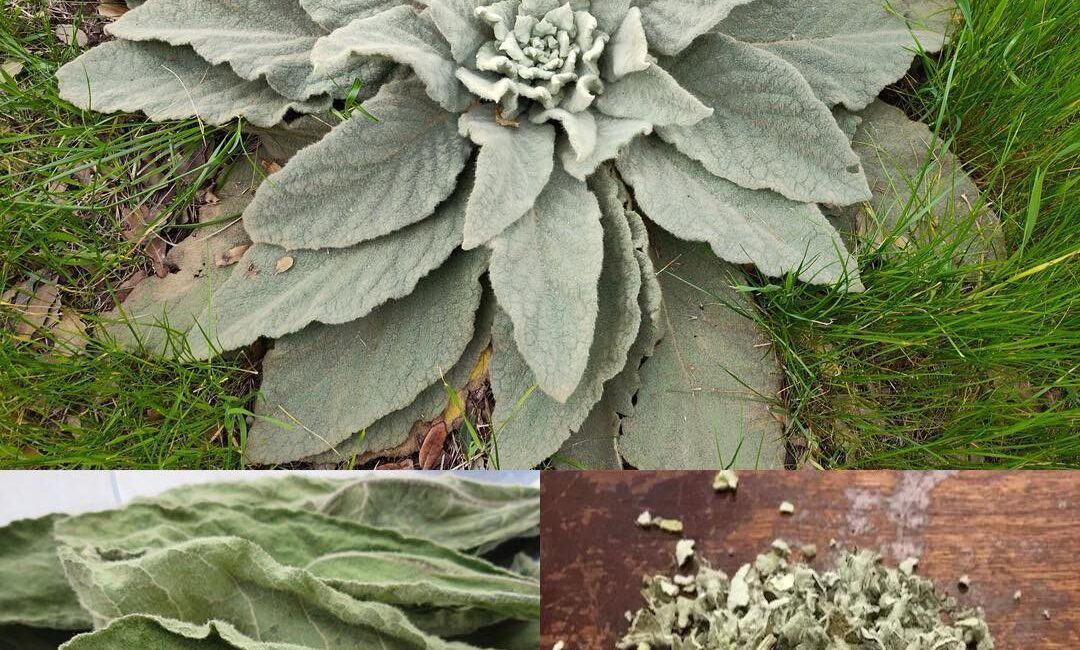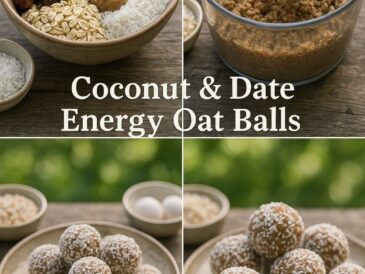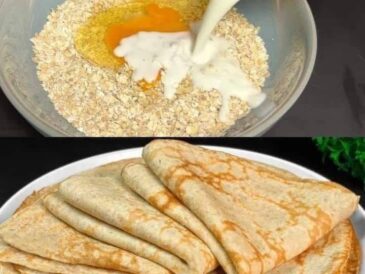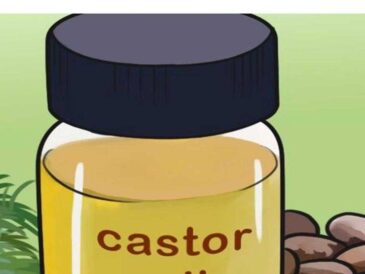Mullein (Verbascum thapsus) is often an overlooked plant, quietly growing along roadsides, fields, and wastelands worldwide. Yet, this unassuming plant has been celebrated for centuries across various cultures for its remarkable health benefits and versatile applications. Despite its humble appearance—characterized by large, fuzzy leaves and tall flowering stalks—mullein is a powerhouse of healing, earning its reputation as one of the most miraculous plants on Earth.
In this detailed article, we will explore:
- The botanical background and history of mullein
- The extensive health benefits scientifically attributed to mullein leaves
- Traditional uses in herbal medicine and folk remedies
- How to harvest and prepare mullein leaves for various uses
- Practical ways to incorporate mullein into your daily routine
- Precautions and considerations for safe use
Whether you’re a seasoned herbalist or simply curious about natural remedies, this comprehensive guide will open your eyes to the incredible potential of mullein leaves.
1. Introduction to Mullein: The Plant and Its History
Botanical Overview
Mullein, scientifically known as Verbascum thapsus, belongs to the figwort family (Scrophulariaceae). It is a biennial plant native to Europe, North Africa, and Asia but has naturalized extensively in North America and other regions.
- Physical Characteristics:
- Large, soft, velvety leaves covered with dense hairs, giving a silvery-green appearance.
- A tall, erect flowering stalk that can reach up to 6 feet tall.
- Yellow, five-petaled flowers that bloom in dense spikes.
- Woolly texture, earning the nickname “velvet plant.”
Historical Significance
Mullein has a rich history rooted in ancient cultures:
- Ancient Greece & Rome: Used for respiratory issues and skin ailments.
- Medieval Europe: Mullein was considered a protective plant, believed to ward off evil spirits and plague.
- Traditional Native American Medicine: Used for treating coughs, colds, wounds, and ear infections.
- Folk Remedies Worldwide: Mullein leaves and flowers have been incorporated in teas, tinctures, poultices, and smoked for lung support.
The long-standing traditional use combined with modern scientific studies has cemented mullein’s place as a treasured medicinal herb.
2. The Health Benefits of Mullein Leaves: What Science Says
Mullein leaves contain a complex blend of phytochemicals responsible for their therapeutic effects. Key compounds include saponins, flavonoids, mucilage, tannins, and essential oils.
Respiratory Health: The Crown Jewel of Mullein
Mullein is most renowned for its positive effects on the respiratory system. It acts as a:
- Expectorant: Helps loosen mucus and phlegm, making coughs more productive.
- Anti-inflammatory: Reduces inflammation in the lungs and airways.
- Demulcent: Soothes irritated mucous membranes.
Research Highlights:
- Studies have shown that mullein extracts can relieve symptoms of bronchitis, asthma, and chronic cough.
- Its essential oils possess antimicrobial properties that may help fight respiratory infections.
Anti-Microbial and Anti-Viral Properties
Mullein contains compounds that inhibit the growth of bacteria and viruses, supporting immune defense.
- Effective against certain strains of Staphylococcus aureus and Escherichia coli.
- Potential antiviral action against respiratory viruses, making it a natural option during cold and flu seasons.
Pain Relief and Anti-Inflammatory Effects
- Traditionally used as a poultice to reduce joint and muscle pain.
- Modern studies support its anti-inflammatory properties, which may help arthritis and other inflammatory conditions.
Digestive Aid
- Mullein’s mucilage content can soothe the digestive tract lining.
- May relieve symptoms of diarrhea, constipation, and intestinal irritation.
Skin Healing and Wound Care
- Poultices made from mullein leaves have been used to promote wound healing.
- Its antimicrobial and anti-inflammatory actions make it effective against skin infections and irritations.
Ear Health
- Mullein oil infused with garlic is a popular natural remedy for ear infections and earaches.
Additional Potential Benefits
- May support cardiovascular health through antioxidant effects.
- Mild sedative properties useful for relaxation and sleep aid.
- Diuretic effects to support kidney and bladder health.
3. Traditional Uses of Mullein Leaves Around the World
Herbal Teas
- Infusing dried mullein leaves and flowers in hot water produces a soothing tea traditionally used for coughs, colds, and respiratory discomfort.
Tinctures and Extracts
- Alcohol or glycerin-based extracts concentrate the active ingredients, allowing easy dosage and prolonged shelf life.
Click page 2 for more



